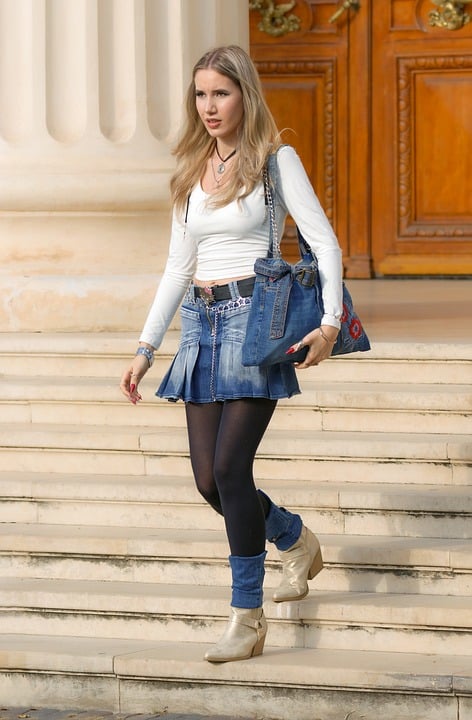Design Trends: A Guide to the Latest Styles and Flavors
The world of design is constantly evolving, with new trends emerging as technology advances and consumer demands shift. From architecture and interior design to graphic and digital design, the boundaries between disciplines are blurring, and design trends are becoming increasingly interdisciplinary. In this article, we will explore the latest design trends across various disciplines, uncovering the common themes, styles, and flavors shaping the industry.
**Sustainable Design
Designers are increasingly focusing on sustainability, as consumers, governments, and businesses look for ways to reduce environmental impact. Sustainable design explores the use of eco-friendly materials, energy-efficient architecture, and responsible production and consumption practices. This approach not only benefits the environment but also fosters cultural and social well-being, as designers create spaces, products, and experiences that promote community building and interaction.
Crisply Minimalist Architecture
Urban living is becoming increasingly appealing, and architecture is adopting a minimalist aesthetic to enhance the quality of life for city dwellers. Clad in crisp white tones, with clean lines, and a focus on maximized natural light, Scandinavian-inspired architecture is gaining prominence. This design trend echoes the simplicity and functionality valued by urbanites, aiming to create cozy, accessible, and well-lit living spaces.
Mood-Enhancing Product Design
As consumers search for products that promote positive emotions and well-being, designers are responding with user-centric, ergonomic, and aesthetically pleasing devices. Mood-enhancing design incorporates elements such as shape, color, texture, and light to create comforting, calming, and elevating experiences. This development is particularly significant in lighting, furniture, and wellbeing products, as designers consider the emotional and psychological repercussions of their designs.
**Digital Design
On the digital front, mobile-first design has become more prominent, with designers reinterpreting branding to suit the demands of fast-paced, constantly connected smartphones. Responsive design, now a standard practice, recognizes the importance of adaptivity, ensuring a seamless viewer experience across multiple devices, platforms, and screen orientations.
Dynamic Typography in Graphic Design
Typography serves as a visual language to convey meaning and emotion within graphic design. Dynamic and expressive typography has become increasing popular, incorporating creative ways to manipulate letterforms to create engaging visuals. San-serif fonts with rounded edge, geometric typography, or hand-drawn letterings are some examples of what’s trending.
Flat Design Revival
Originating in the 50s, flat design continues to influence contemporary design due to its ability to scale, simplicity, and emotional resonance. Characterized by minimal depth cues, crisp lines, and bold usage of color, flat design is now combined with animation, motion graphics, or subtle gradients to create contemporary, engaging, and timeless visuals.
**Experiential Design in Public Spaces
Public places are evolving as experiential hubs, where storytelling, community building, and memorable experiences merge. City planners, architects, landscape designers, and artists craft vibrant, engaging, interactive, and thought-provoking spaces, often referencing local culture, history, and environment.
Emotional Branding
Empathy and emotional connection assume a central role in advertising and branding as consumers no longer respond to superficial gimmicks. Brands now look to create a deeper bonding with their audience by mirroring their emotions, conveying authenticity, and fostering dialogue. This trend emphasizes co-creation, user data, and behavioral insights over traditional marketing approaches.
In conclusion, design trends show a growing focus on well-being, sustainability, urban living, and emotional communication. Designers are evolving to meet the demands for eco-friendly, user-focused, and emotionally resonating experiences. Whether in building design, product design, or digital communication, common themes of minimalism, adaptivity, and interconnectedness emerge.


